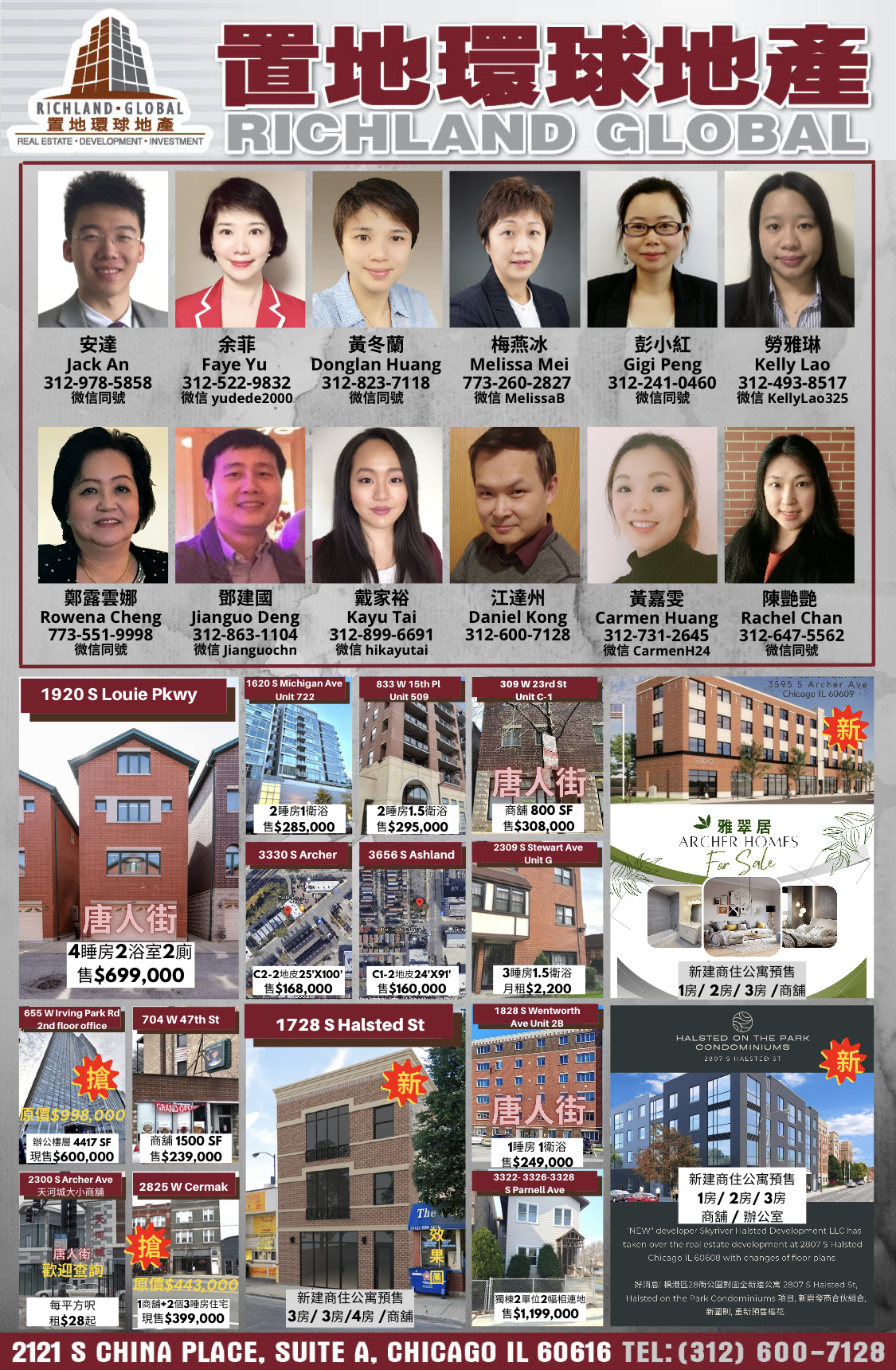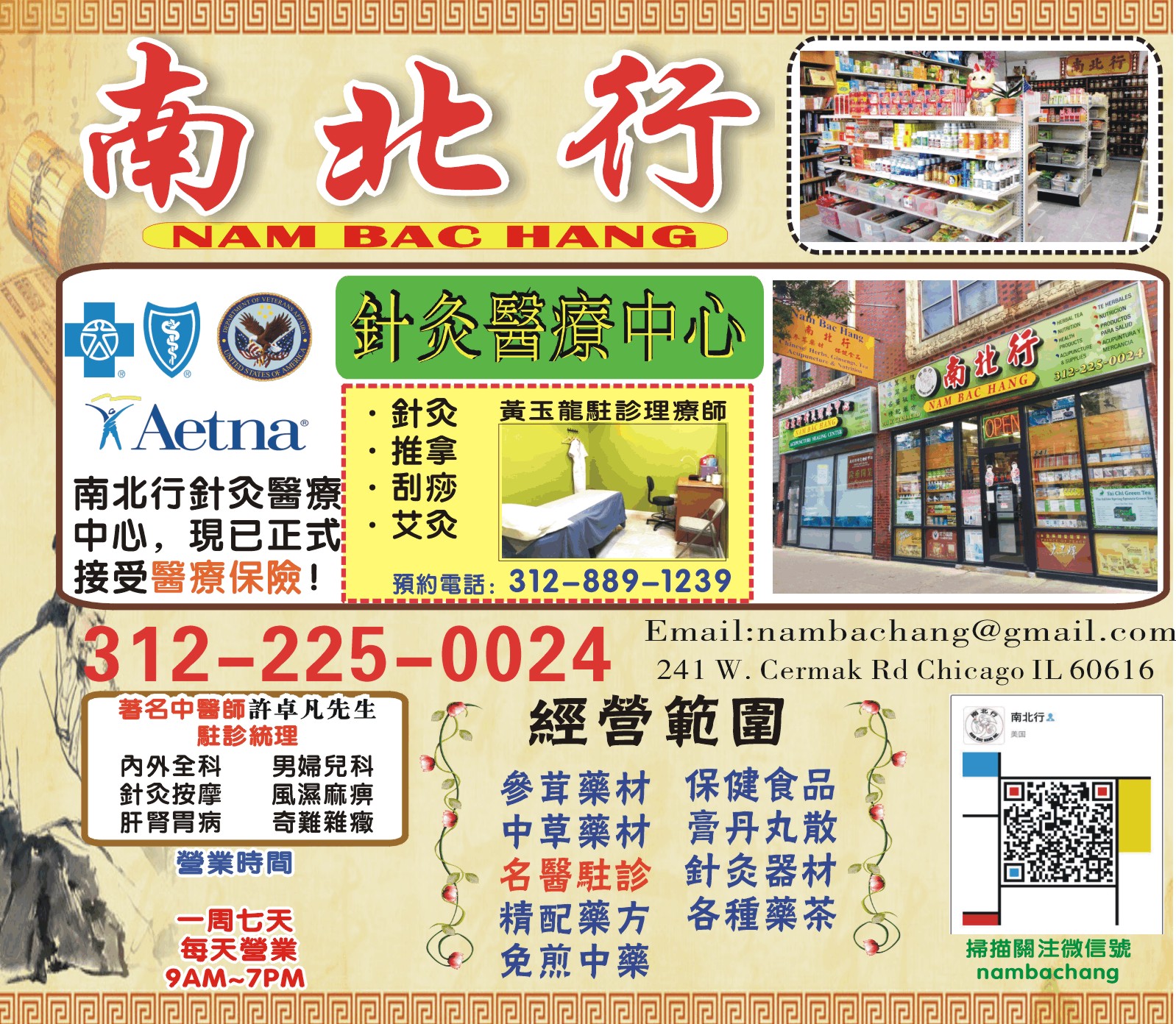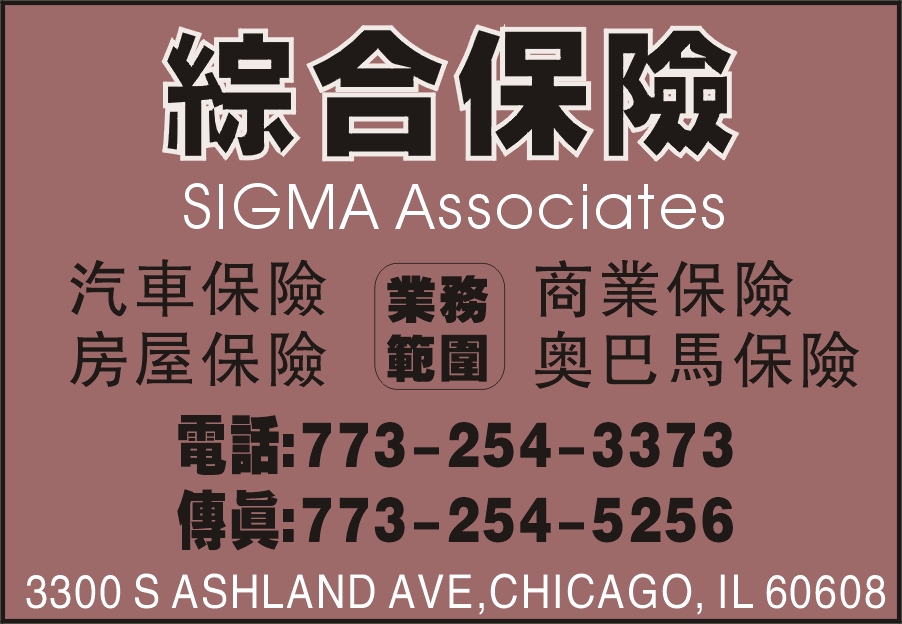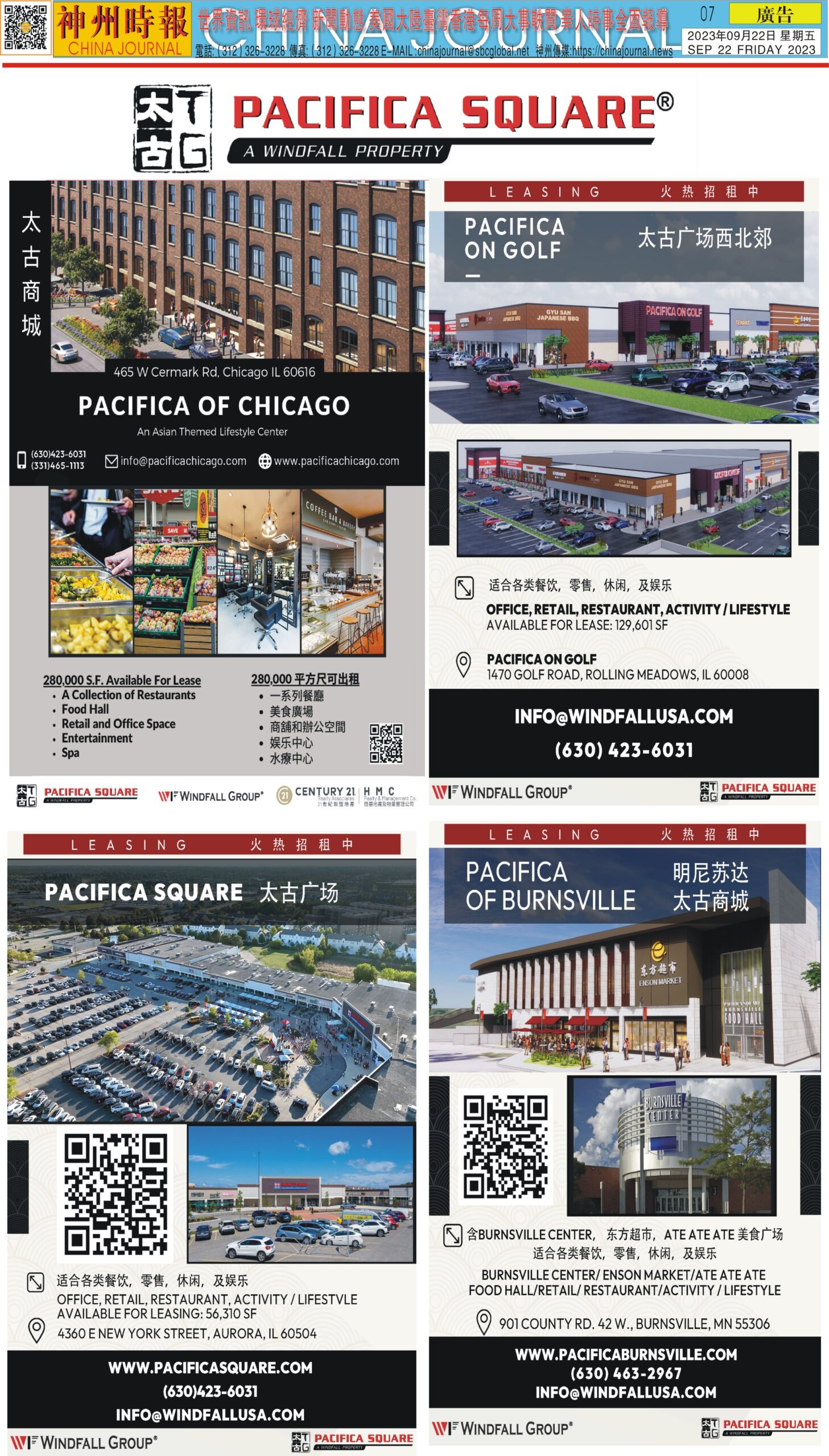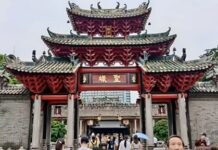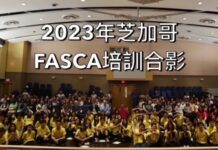Whether or not US President Joe Biden has a “plan to destroy Taiwan” that has been widely discussed in Taiwan, it may never be known. However, as the US-Taiwan relationship has improved in several areas in recent years, the Taiwanese feel a sense of favour from the US, but also a sense of unease. This uneasiness is manifested in the following aspects: first, the relationship between Taiwan and the United States is a very unequal relationship, and Taiwan often has a sense of gain and loss; Second, the progress of Taiwan-US relations has come at the expense of cross-Straits relations. How to weigh the advantages and disadvantages? Third, how sincere is the US towards Taiwan in reality? Fourth, can Taiwan really achieve long-term security in addition to paying a large amount of economic and monetary costs?
Frankly speaking, the above thinking is basically from the perspective of ordinary Taiwanese people, regardless of party politics and other factors. If not, for some politicians and plutocrats, it is OK to rely on America and retreat there in time of war. For these people, it’s not so hard.
One recent incident has added to Taiwanese worries. This is the global chip manufacturing leader, known as the “sacred mountain” Taiwan Semiconductor Manufacturing plant in the United States. TSMC’s investment in the United States is an important part of the Biden administration’s efforts to strengthen the semiconductor industry, especially the semiconductor manufacturing link. It is also a major strategy of Taiwan Semiconductor Manufacturing Co., Ltd. to avoid being Mired in Taiwan Island and layout the world. Why would such a positive decision and action cause Taiwanese people to worry? In summary, there are the following reasons:
First, there are purely technical concerns about TSMC setting up a plant in the United States. TSMC has its current position in the world, of course, it needs the right time, geographical location, people and other conditions, all of which are indispensable. But the most critical is TSMC’s “eastern” corporate culture and almost strict management system. Can this “winning formula” be transplanted to the United States? There are some things that American law and the union system may not allow. This is the person part.
Second, geography does not seem to favour TSMC’s US plants. According to media reports, after Taiwan Semiconductor Manufacturing plants in the US, the super large amount of water needed to make chips could trigger a vicious cycle, which could lead to a water war. The Delaware Department of Natural Resources and Environmental Protection has published a report saying that the state’s river flows are nearly dry, with perhaps 30 percent of the river’s flow being used by businesses, while the public may use as little as 40 percent in normal times. TSMC’s U.S. plant will use more than 20 million gallons of water, meaning it will compete with local residents for resources. Local residents and environmental groups have begun strategising against TSMC’s use of groundwater to oppose such a deal.
Third, in terms of time, Taiwan Semiconductor also faces the situation of not dominating. One consideration for TSMC’s decision to set up a factory in the US is timing. The so-called timing refers to the fact that the U.S. government is trying to make up for the weaknesses in the manufacturing sector of the U.S. semiconductor industry. For this reason, Washington risked the federal debt topping $31.5 trillion by spending tens of billions of dollars in subsidies for chip manufacturing. Taiwan Semiconductor Manufacturing decided to invest in the United States, subsidies are also part of the incentive. However, it is unclear how much of the tens of billions of dollars in subsidies TSMC will receive. At the same time, the US has imposed some tough conditions on overseas manufacturers applying for subsidies, which TSMC may not be able to stand.
On March 27, the U.S. Department of Commerce released details of the Chip Act subsidies, which totaled about $53 billion, of which $39 billion went to companies that build or expand semiconductor plants. While the sums are enticing, the demands on would-be subsidies, particularly the disclosure of business secrets, have raised eyebrows and prompted a backlash from chip makers in Taiwan and South Korea.
According to the U.S. Commerce Department, companies applying for semiconductor subsidies should submit not only numerical data but also excel documents with verifiable calculation methods when announcing profitability indicators such as expected cash flow. The Commerce Department’s model requires detailed data on a semiconductor plant’s capacity by chip type, capacity utilization, expected chip yields, first-year production prices, and year-to-year volume and price changes; Materials, consumables, chemicals used to produce semiconductors, labor costs, public expenses, and research and development costs are also included. In addition, detailed production-related data, including the number of employees employed by each type of employee and the cost of various materials used in manufacturing, are required to be disclosed. In terms of the conditions for receiving subsidies, the United States proposed strict conditions such as allowing access to chip facilities, sharing expected excess profits, and restricting investment in rival countries such as China for 10 years. Analysts say that this is an unacceptable “poison clause” for Taiwanese and Korean companies that have already invested in the U.S. and China.
Taiwan was flooded with angry comments after the details were published. Some netizens pointed out that “Taiwan Semiconductor Manufacturing Company is just a lamb to be slaughtered under the joint efforts of Taiwan and the US authorities” and “this subsidy is a banquet at the grand door”, which is a sweet “American trap”. On March 30, Liu Deyin, chairman of Taiwan Semiconductor Manufacturing Company, also broke his silence to say that “some restrictions cannot be accepted and we need to discuss them with the US government”.
(Andy)






